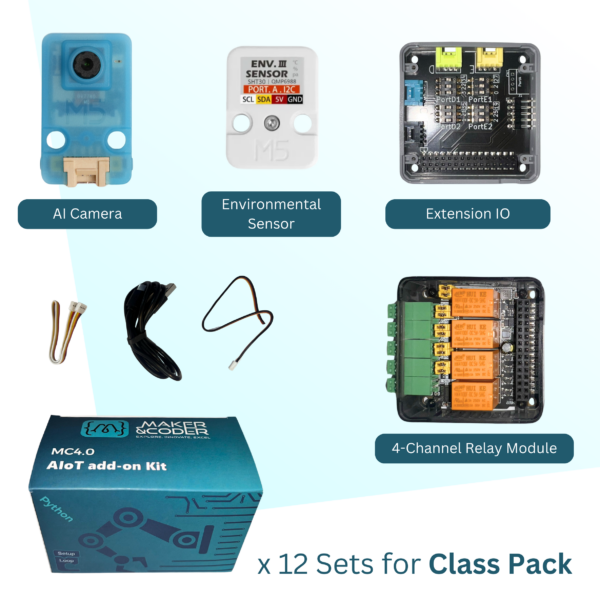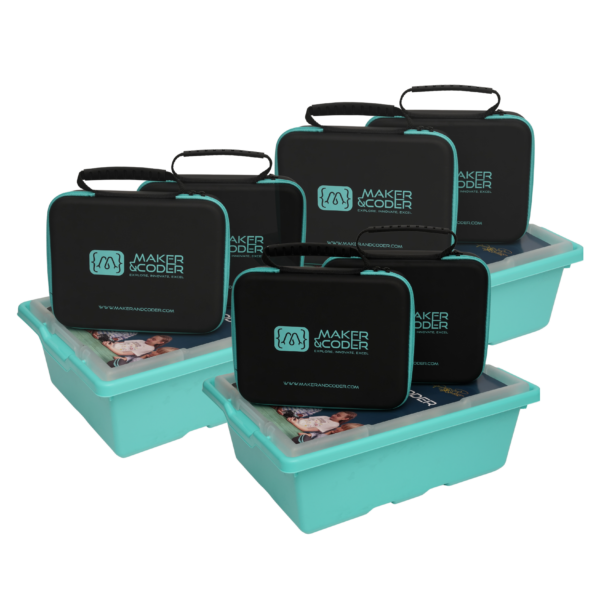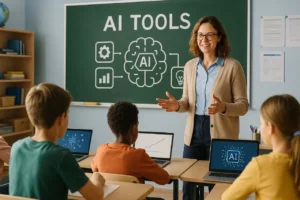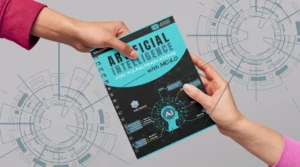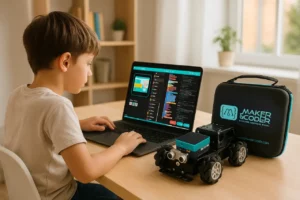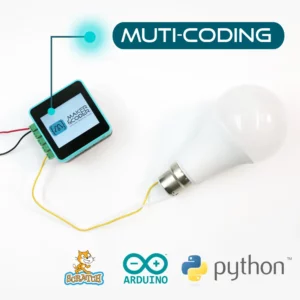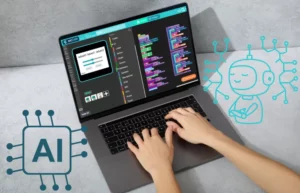In the era of digital transformation, the integration of AIoT technology in educational systems is not just an option but a necessity. Discover how it reshapes learning.
Understanding AIoT Technology
AIoT technology, a blend of Artificial Intelligence (AI) and the Internet of Things (IoT), represents the synergistic use of AI technologies with IoT infrastructures. This convergence enables smart devices to mimic intelligent behavior, make decisions, and interact with other devices, creating systems that are not only connected but also capable of autonomous operation.
In the realm of education, AIoT can transform traditional classrooms into dynamic learning environments. By leveraging AIoT, schools can offer personalized learning experiences, automate administrative tasks, and provide real-time insights into student performance.
The Importance of AIoT in Modern Education
Integrating AIoT in education addresses the growing demand for tech-savvy graduates in the workforce. It not merely prepares students for the future but also aligns educational methodologies with the evolving technological landscape.
AIoT fosters an interactive and adaptive learning environment. It can tailor content to meet individual student needs, increasing engagement and improving learning outcomes.
Moreover, the global shift towards digitalization in various sectors necessitates an educational approach that introduces students to emerging technologies early on. AIoT stands at the forefront of this shift.
Benefits of Integrating AIoT into School Curriculums
Incorporation of AIoT in school curriculums enhances the learning experience by making it interactive and adaptive. It allows for the tracking of individual progress and customizes the learning journey accordingly.
The practical exposure to AIoT tools and systems equips students with in-demand technological skills. It encourages problem-solving, critical thinking, and innovation—competencies essential for success in the 21st century.
Challenges and Solutions in Adopting AIoT in Schools
One of the major challenges in adopting AIoT in education is the lack of infrastructure and technical expertise. However, solutions like cloud-based AIoT platforms and collaborative partnerships with tech companies can mitigate these barriers.
Addressing concerns about data privacy and security is another challenge. Implementation of robust cybersecurity measures and adherence to data protection regulations are crucial steps towards creating a safe digital learning environment.
Examples of AIoT Applications in Education
AIoT applications in education range from smart classrooms that adjust conditions based on occupancy and ambient conditions, to adaptive learning platforms that personalize the learning experience for each student.
Steps to Incorporate AIoT Technology into School Curriculums
To effectively integrate AIoT technology, schools should start with a strategy that includes assessing technological needs, securing funding, and training educators. Pilot programs can help validate the approach before a full-scale implementation.
Future Prospects of AIoT in Education
The future of AIoT in education is promising, with potential advancements leading to entirely autonomous and personalized educational experiences. Continuous innovation within AIoT technology could unlock unprecedented opportunities for learning enhancement.
Embracing the Future with AIoT in Education
Incorporating AIoT technology into school curriculums represents a forward-thinking approach to education. It equips students with relevant skills for the future, encourages engagement, and fosters an environment of innovative learning. As the world becomes increasingly interconnected and technologically advanced, AIoT stands out as a vital component in preparing students not just to navigate but to excel in the digital age.

